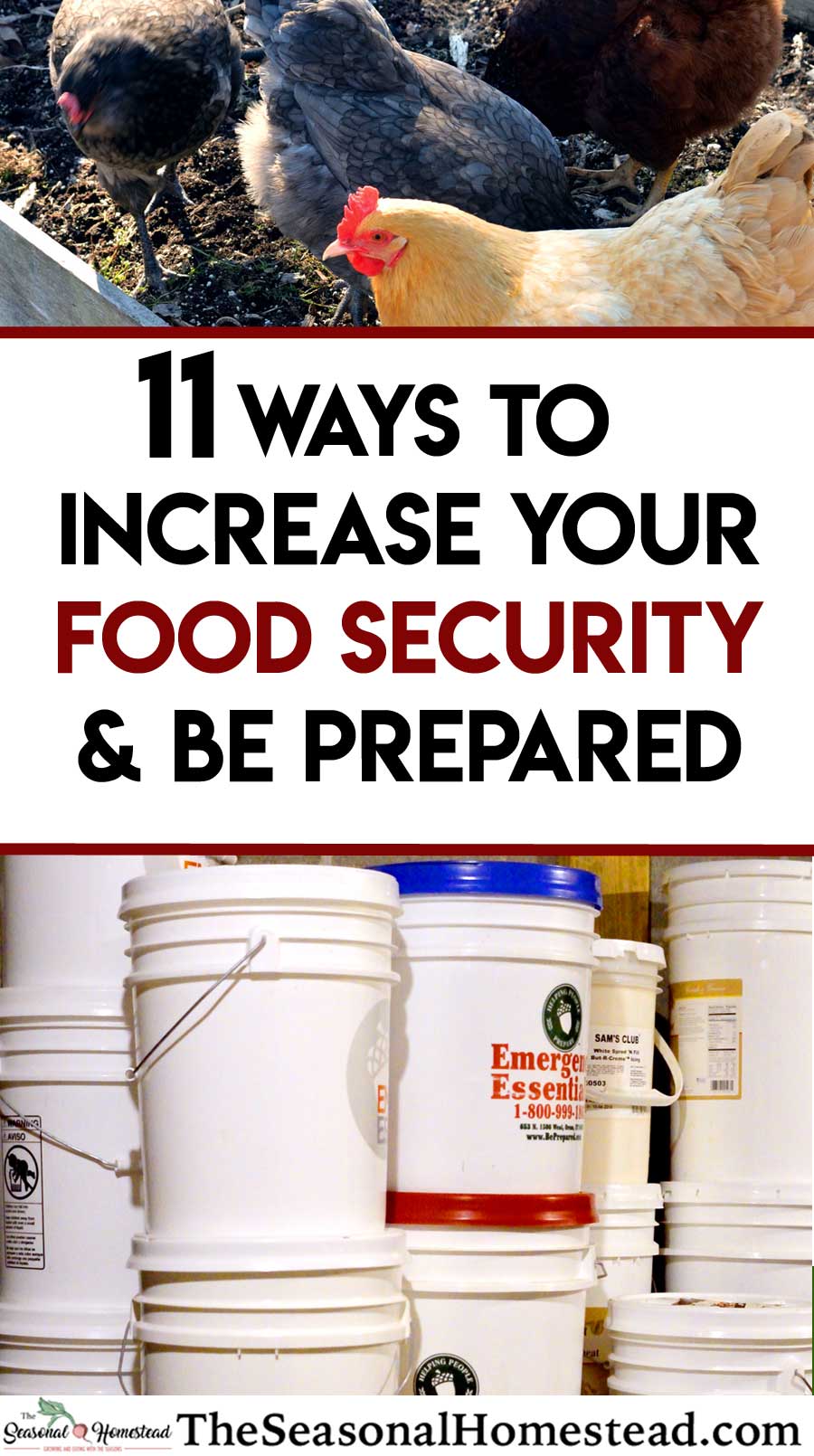This post contains affiliate links. Full disclosure can be found here.
With news of the Coronavirus epidemic spreading worldwide, it is more important than ever to have family food security. Usually food security is thought of in from a worldwide perspective of making sure people have enough money to buy and access healthy food.
However, when I hear the words “food security”, I think of it a little differently than the general definition.
I think of food security as having have a year supply of food storage and the ability to continue to produce our family’s food from the resources around us. We can be “food secure” in knowing that we are prepared with plenty of access to food in an emergency (in this case an epidemic), should we need it.
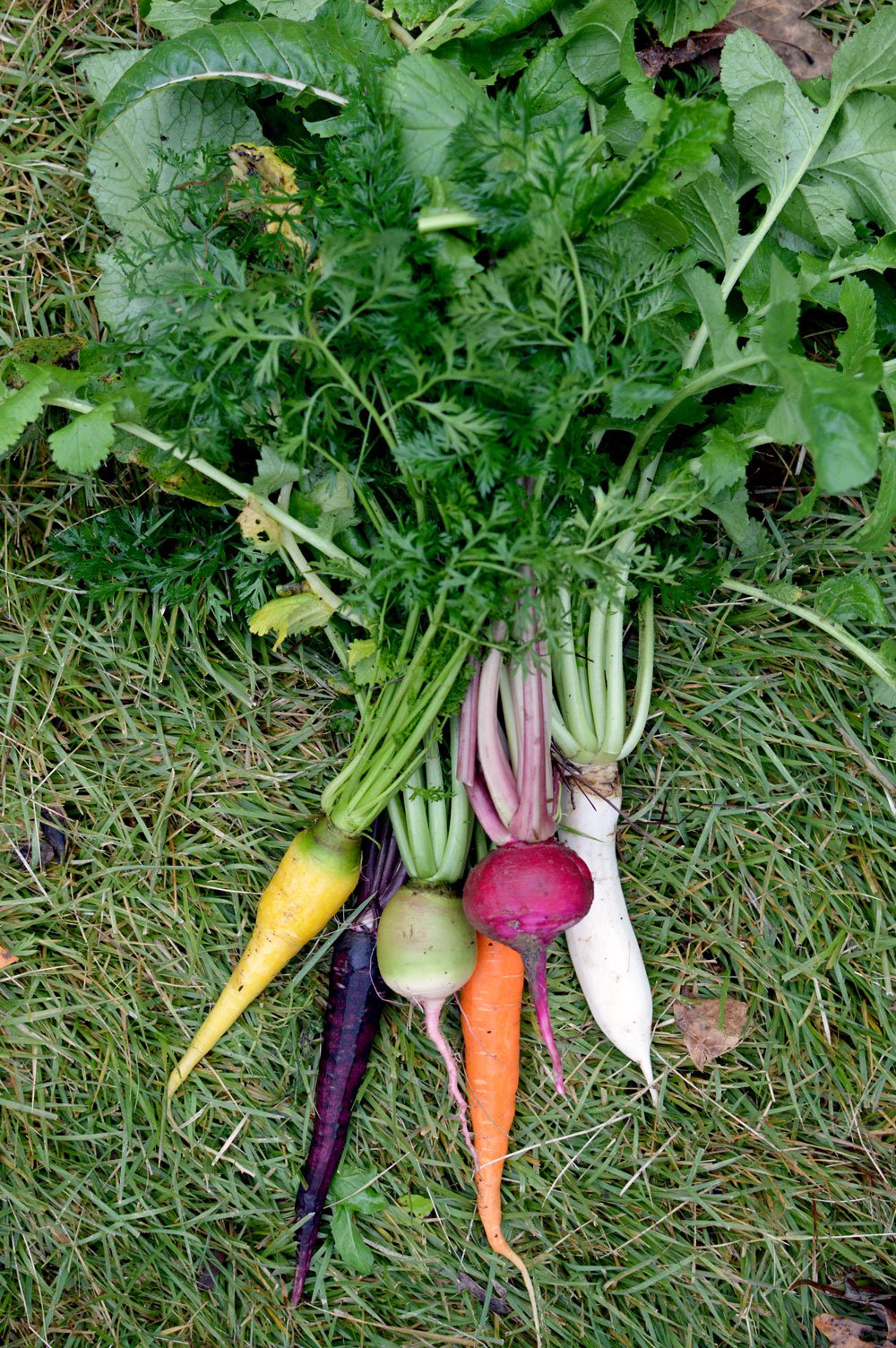
Would you be ready to stay in your home for a few weeks, a month, a few months if it meant avoiding illness?
Whether you consider potential pandemics a serious threat or not, it never hurts to be prepared. I like having the peace of mind in knowing my family could self isolate and stay away from the spread of illness if we chose to do so.
A Homesteader’s Idea of Being Prepared…
You may be wondering how my idea of food security is different than a prepper’s list of emergency food supplies. Let me enlighten you.
While I do buy a few things to stock up in bulk and store like grains, I don’t go out and buy thousands of dollars worth of freeze dried fruits and vegetables for use in an emergency.
Instead, homesteading naturally gives me a leg up on food security and emergency preparedness. I grow a year’s supply of vegetables (for our family of six) from my backyard garden which is around 5000 square feet. During the summer we dehydrate, can, ferment, and freeze the excess harvest for winter.
Instead of the food sitting in tin cans for years and years only to expire unused, we rotate our food storage because we eat the majority through the winter. I know how to incorporate preserved foods into my meals and make them delicious. That is just the beginning of our food security.
I personally believe the homesteaders version of being prepared to be far superior because it is a renewable resource of food.
I listed out 11 ways anyone can increase their family’s food security and emergency preparedness below.
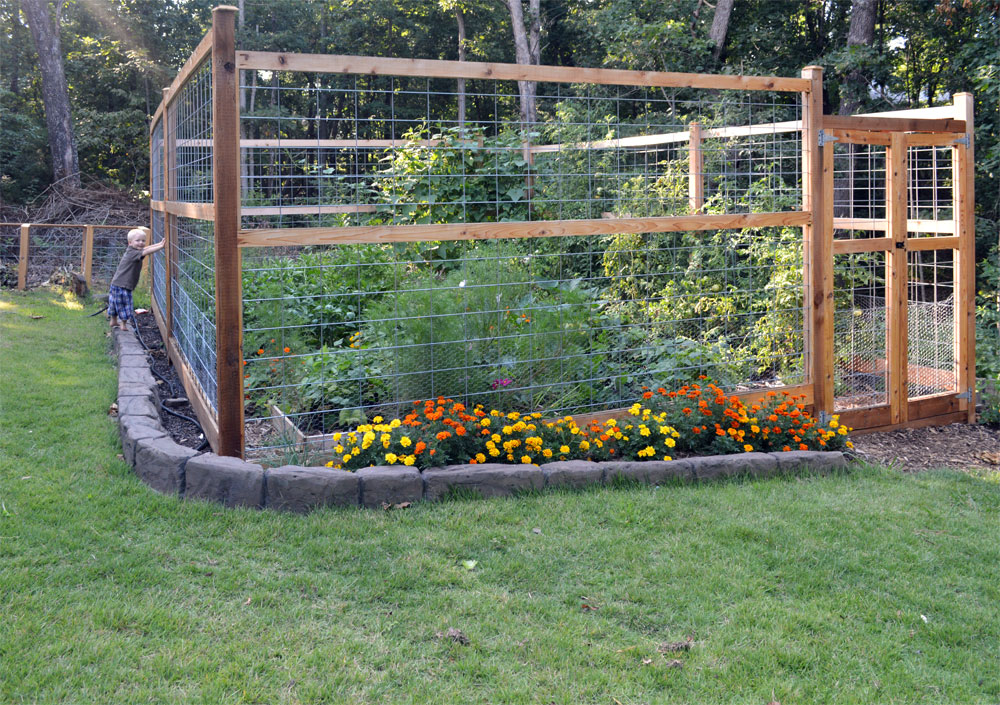
#1 Grow a Garden
This is definitely the most obvious way you can increase your food security but it doesn’t discount its importance. Many people think you can just buy emergency seeds, keep them in the freezer, and then plant if a situation arises where you need food.
The hard truth is that you need experience as a gardener to have the best results. Things like having a garden set up, knowing your soil ph, knowing what plants work well with your climate, when to plant what, and I could go on… are so important to a successful harvest.
I know there are a few of you out there reading who are already ready to skip over the garden tip because you live in an apartment or city. City dwelling is no excuse for not gardening! There are community gardens available in some areas for those without enough space of their own. You can also consider using pots and/or grow bags to garden.
Container gardening and growing in individual pots can be very fruitful. Literally. With containers you can grow food almost anywhere! It allows you to grow on balconies, patios, at a rental property, on a rooftop, and more.
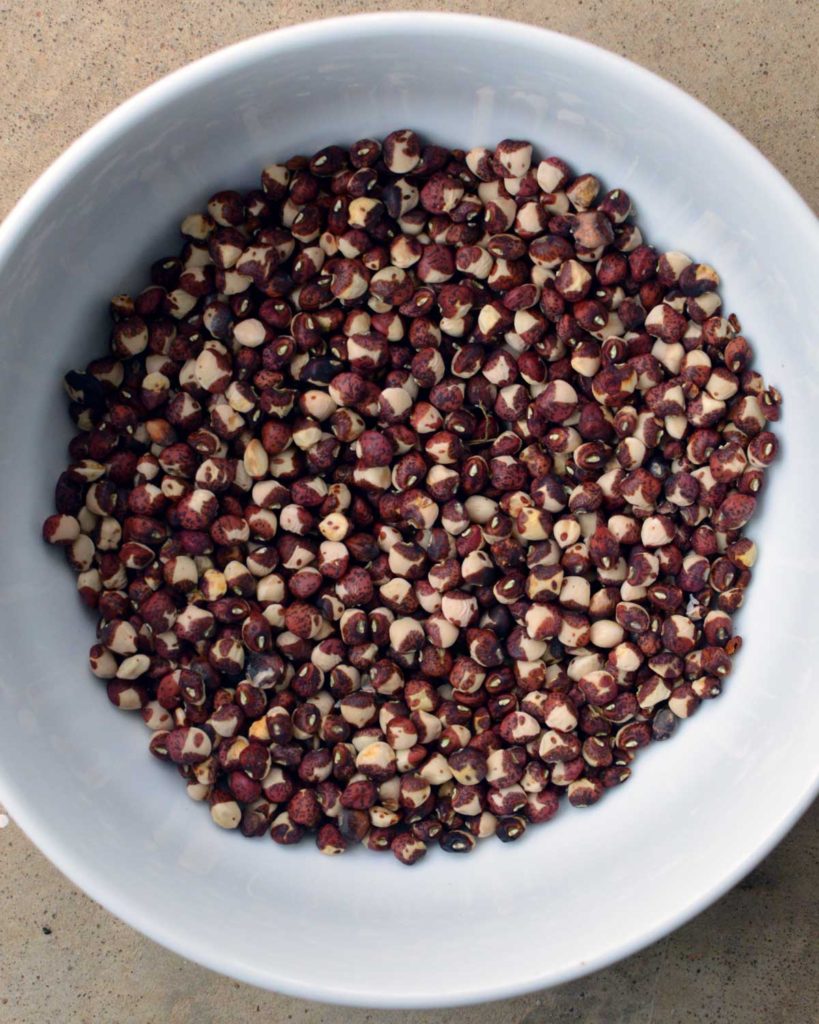
#2 Save Your Own Seeds
To me being able to save seeds and go from seed to harvest has to be the ultimate form of long term food security and emergency preparedness! A few centuries ago, if a family moved to a new location, seeds were always brought along to the new location, whether it be across town or across an ocean. They were of incredible value to a family because seeds = food.
The majority of people today don’t even know what a bean bush looks like, let alone know how to save seeds from it. It is the sad result of our modern society’s disengagement from growing food. Instead people rely on industrialized, commercialized, and laboratory created food.
If you want start saving seeds be sure to begin with open pollination seeds. They are the only type of seed you can save and get the same variety of plant the next year. Don’t buy hybrids for seed saving.

#3 Learn to Hunt
Hunting is one of the most basic forms of being secure with your food. When you can’t stay in one area and cultivate food or have domesticated animals, wild game is a great option. Even if you can stay in one area and cultivate food, wild game is still a great option. This is a skill that is improved with time and experience and should be learned before an emergency strikes.
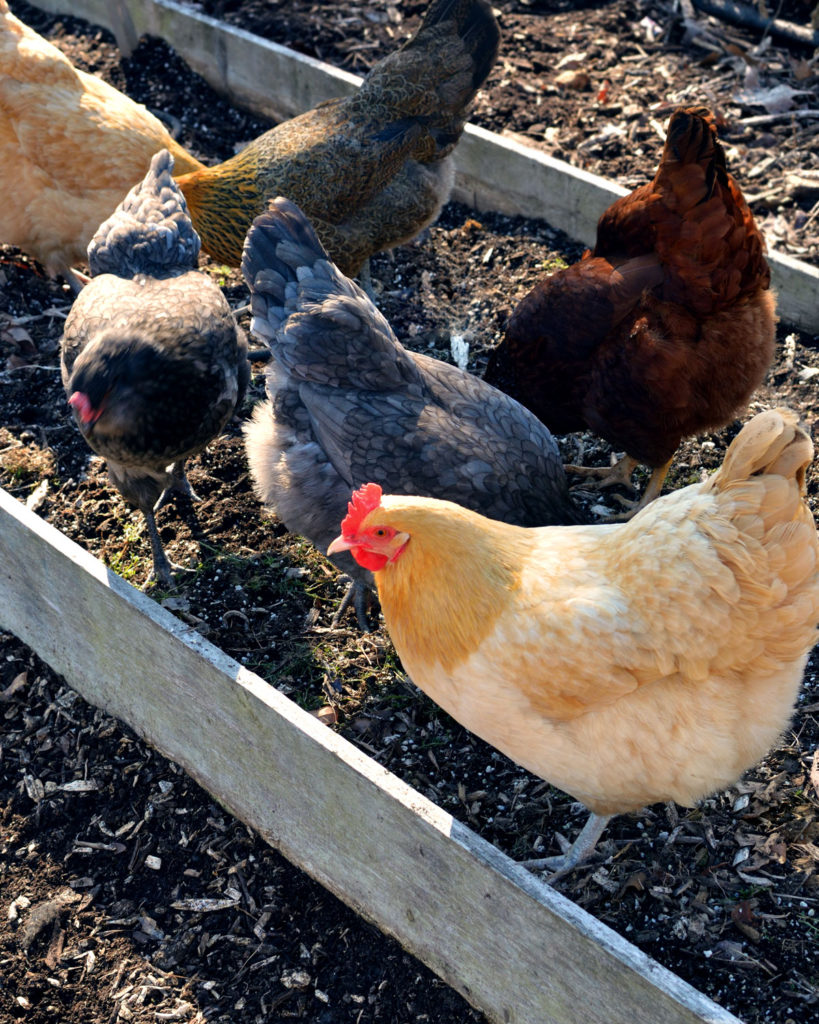
#4 Raise Heritage Breed Chickens
Most people don’t realize that the meat from chickens found in grocery stores and even among local farmers are from a hybrid bird called the Cornish Cross. Most cornish cross won’t live long enough to breed before their heart gives out or their legs break. Or both. Sad but true.
The best bet is to have heritage chickens on your land. They are hardy and can be bred if needed. Many heritage breeds are dual purpose meaning they can be used for eggs or for meat. Double bonus!
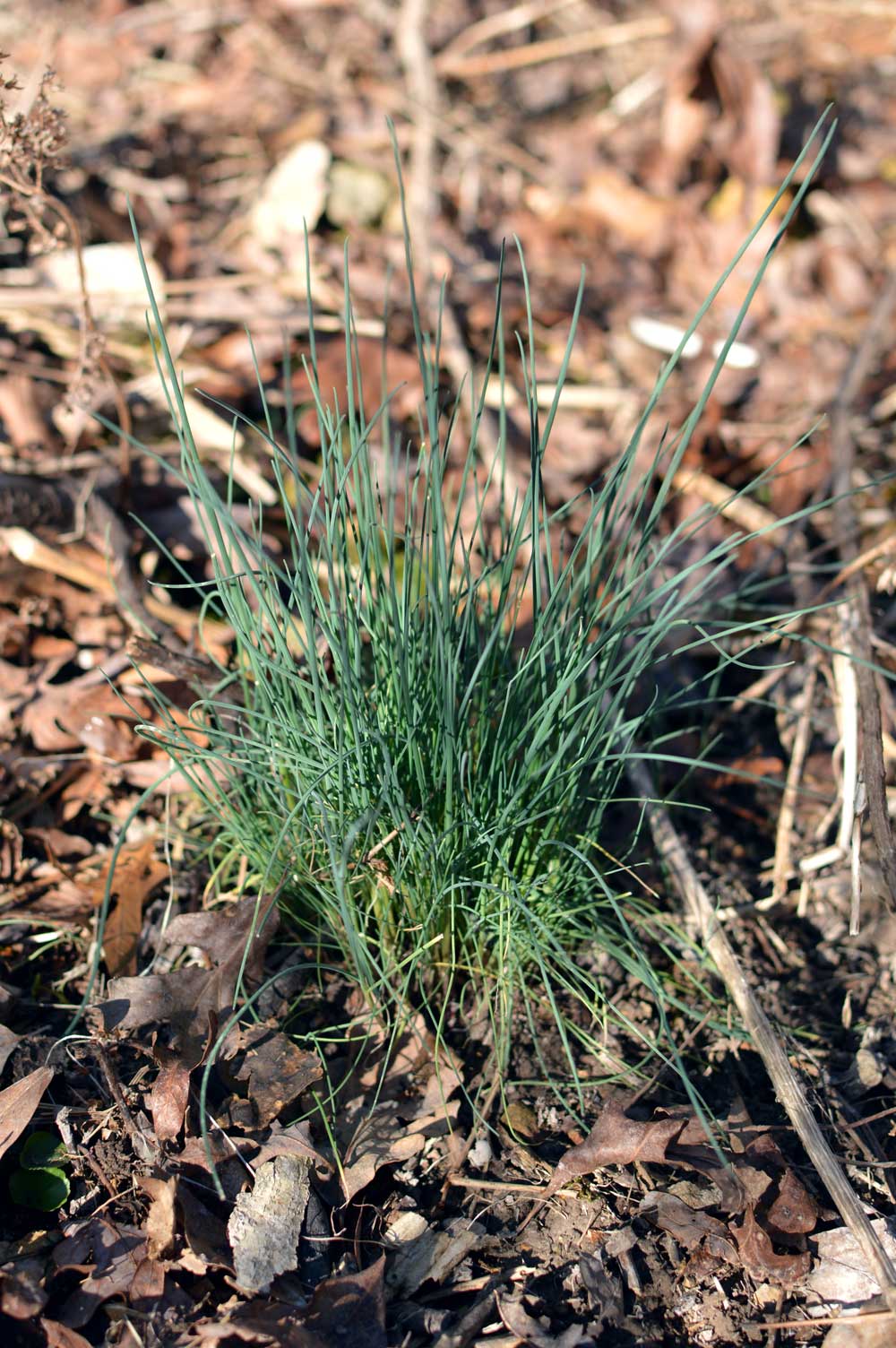
#5 Learn to Forage
Foraging means gathering plants from the wild for food consumption. It is a useful skill but should be used carefully. You shouldn’t go out and start picking anything that looks edible because you’ll probably kill yourself. The rule of thumb with foraging is to triple check your wild food against three different reputable sources.
Many edible plants have poisonous look-alikes and you should study both the edible and the poisonous versions to learn to identify them correctly. If possible have a foraging mentor to help you.
There are definitely safe plants that are easy to identify like dandelions and anything in the onion family (the telltale smell really helps!). Those are easy to identify as a beginning forager. Keep in mind that foraging generally doesn’t replace a lot of calories. It’s usually a lot of searching for a little bit of food.
As parting advice, I would stay away from the mushrooms at first. I’m a bit of a nervous Nellie but you need to be really careful when picking wild mushrooms for consumption.
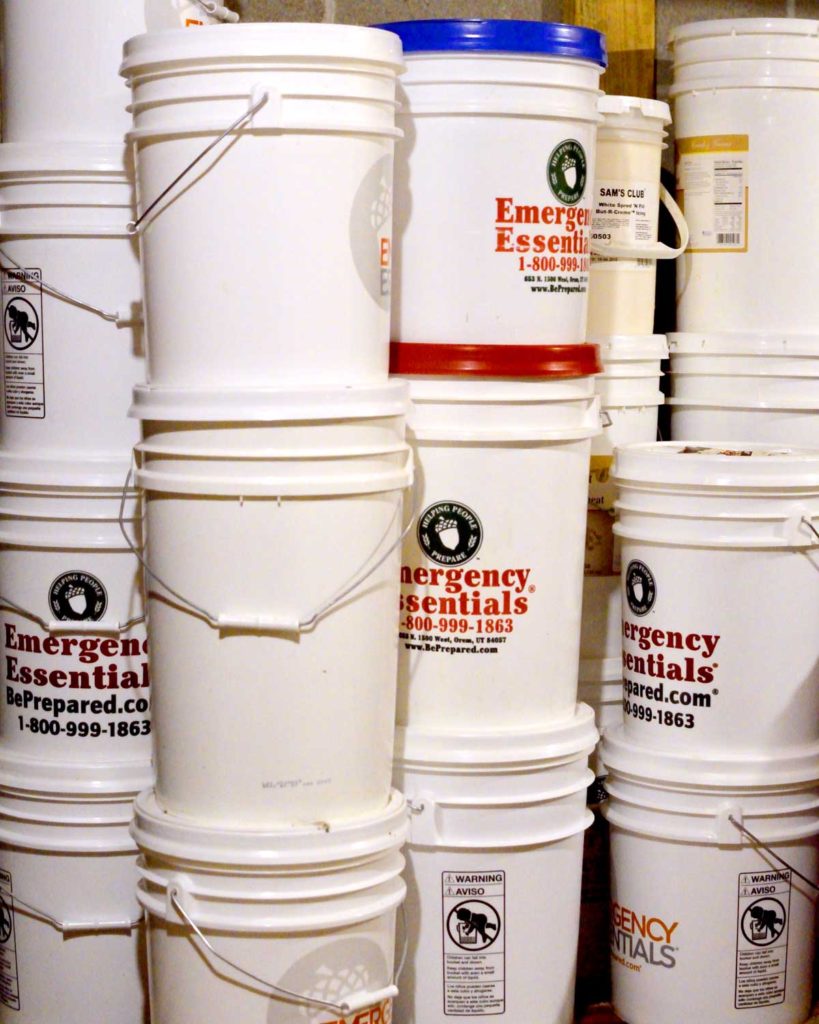
#6 Be Prepared with a Year Supply of Food
I may be able to grow all my own vegetables but I certainly don’t have the space to grow all our family’s grain consumption. Consequently, I need to purchase grains and have enough on hand for an emergency. I keep a year supply of grain because we use it all the time and because most last for 30 years when stored properly!
And I need to emphasize again that when you buy food in bulk like this it must be stored properly. You need to keep it in an airtight container in an area that is cool and dry.
When I lived in NY as a kid we had a year supply of wheat in our basement. We had a home built in 1900 that had a partial dirt floor in the basement. The basement walls were made of rocks, that’s how old it was!
I remember a year or so after moving into this house my Mom had checked on the wheat and discovered it had holes in the bags from mice. They had a delicious feast! Unfortunately, the wheat was in paper bags and not airtight buckets so the mice had easy access.
Aside from grains, you’ll also want to store a year supply of canned, dried, and/or freeze dried fruits and vegetables, beans, powdered dairy, and anything else you normally consume. Store foods that are in your diet.
Bonus points go to anybody who actually knows how to cook with food storage. But in all seriousness, you should be cooking with it anyway because food storage needs to be rotated. The shelf life of anything other than grains usually hovers around 10 years when stored without oxygen in an airtight container.
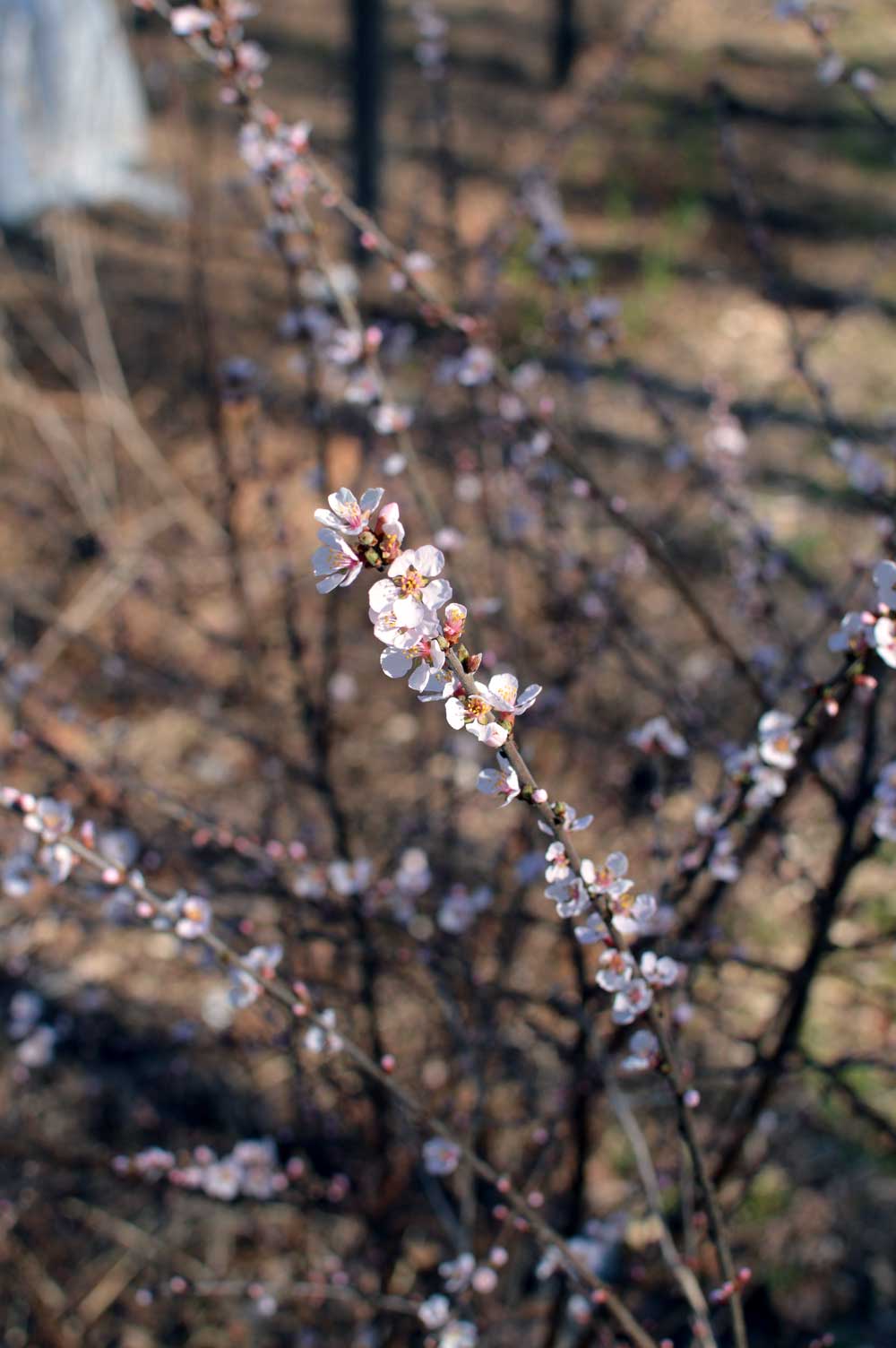
#7 Plant edible bushes, trees, and perennials around your yard
As much as I love ornamental trees and shrubs for their beauty, with the small yards we have nowadays we really should be planting food producing landscaping instead. If you have the space, you could do a combination of both ornamental plants and edible plants. But if you don’t have a huge yard begin with, plant food producing landscaping instead of ornamental!
There are some real beauties that also provide delicious food. I have nanking cherry bushes that are gorgeous in spring and summer, blueberries are beautiful in all seasons including winter, asparagus has soft furry foliage during summer that is a perfect backdrop for many plants, and I could go on with the list.
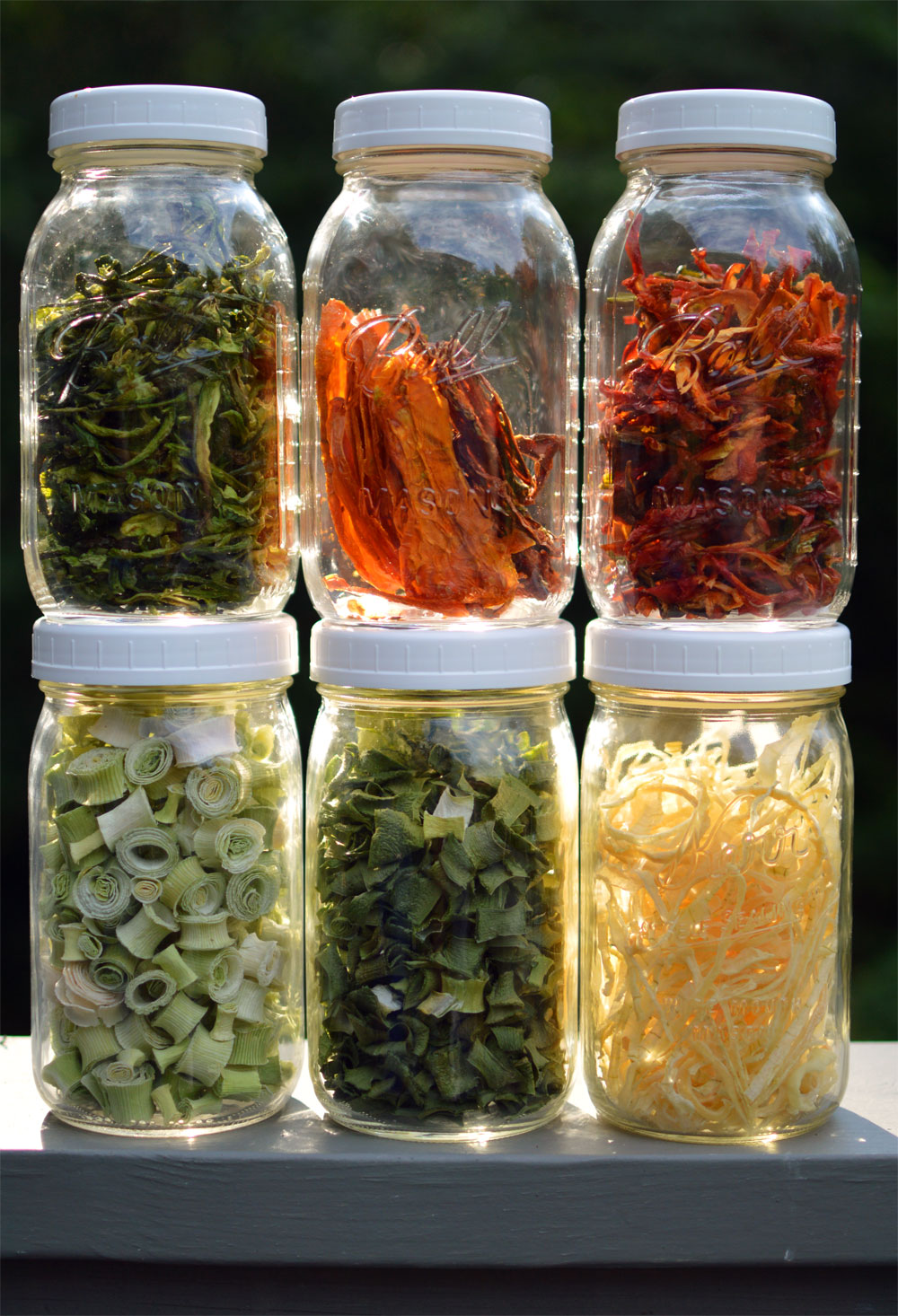
#8 Dehydrate your Food
In times of plenty like summer, we dehydrate a lot of food. It’s mostly food from the garden but for fruits that we don’t produce enough of ourselves, we buy from a local farmer and dehydrate or preserve.
Dehydration has a high rate of nutrient retention compared to other types of food preservation. It is very easy to do and preparation time is incredibly fast. You can read more about how to dehydrate food and nutritional statistics on my blog post Dehydration 101.
As I mentioned before, what’s the use of having a bunch of dehydrated food if you don’t know how to use it? The time to practice is now. One of my favorite recipes that uses a lot of dehydrated vegetables is Black bean soup!
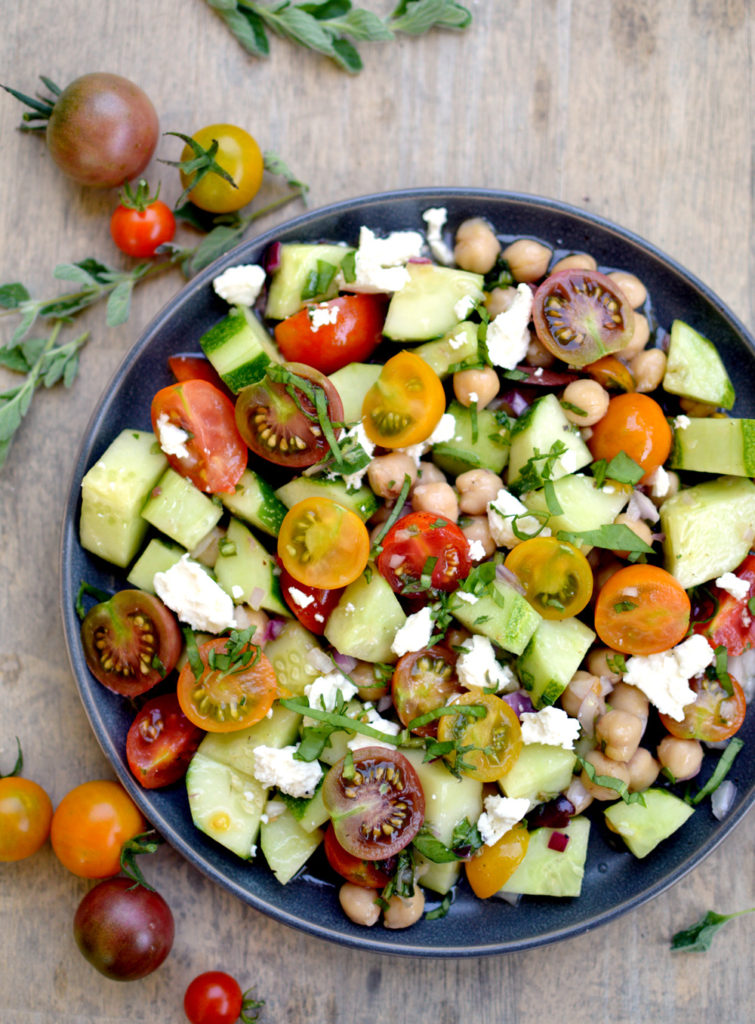
#9 Cook from Scratch
I used to think I knew how to cook from scratch. But that was before I started homesteading and before I had my health problems. When talking about cooking from scratch, I realize there is a wide range of what that means to different people.
Some people think a premade frozen store bought lasagna is cooking from scratch because they didn’t go out to eat at a restaurant that night.
Others might think making a recipe of tacos from store-bought premade tortillas, meat, store-bought cheese, store-bought sour cream, a can of store-bought beans, and vegetables is cooking from scratch.
And then there is hard core cooking from scratch. Hard core cooking tacos from scratch would be making the cheese a few weeks in advance, then souring the cream overnight. The day of the tacos making homemade tortillas from corn or wheat that was freshly ground and using lard you rendered earlier in the year. Then opening your own home pressure canned garden black beans and topping the whole thing with fresh garden veggies.
I’m not even at the hard core stage yet… but I hope to be someday. Whatever stage of cooking from scratch you are at, make a goal to learn how to make things from raw ingredients and have the skill to cook completely from scratch should the situation arise.
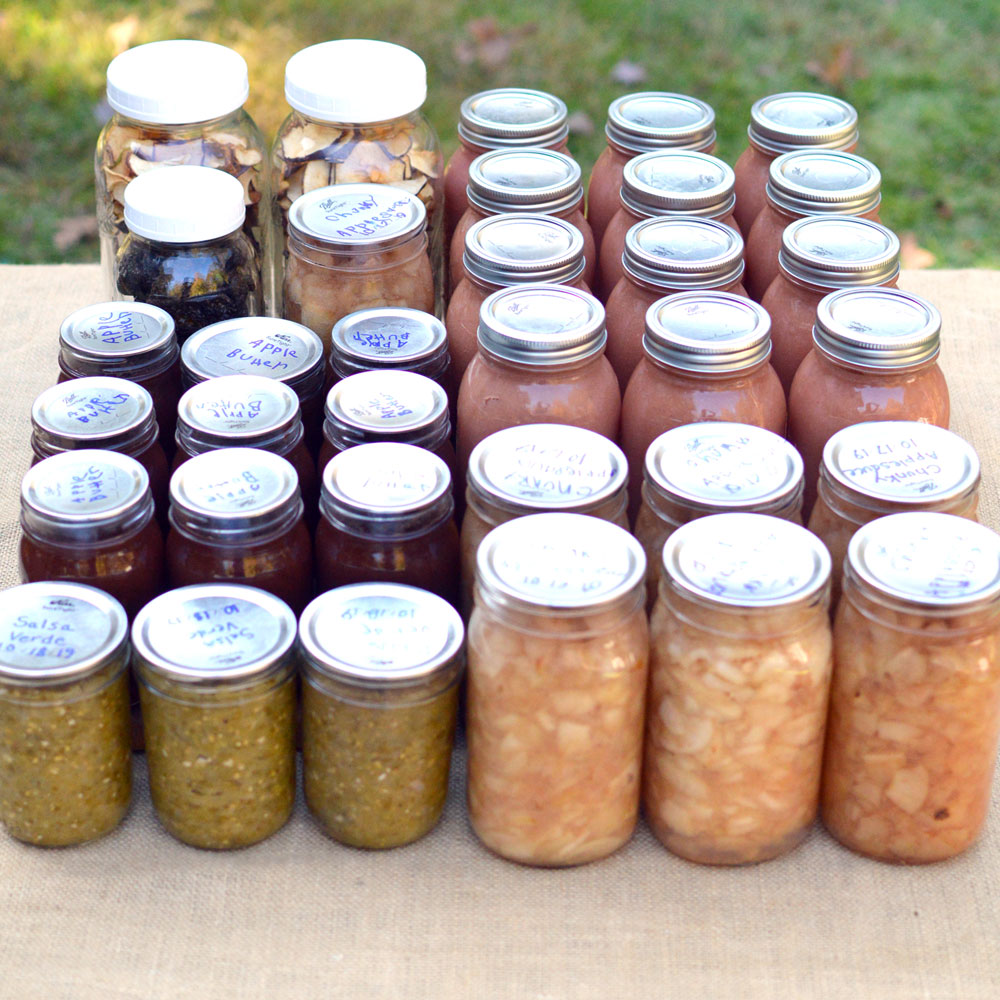
#10 Learn to Can Your Own Food
Canning is a great way to preserve a lot of food. It is a method of preservation that is really useful in an emergency situation because it doesn’t need added water or even cooking. You can literally just pop open a can and eat. And an added benefit is I can open my home canned food without a can opening tool too, haha!
It isn’t the most nutritious of food preservation methods but it is the most convenient and would be good used in combination with other methods, like dehydration as I already mentioned, and fermentation.
Canning requires proper equipment (more on the HERE) and it is important to follow safe canning techniques and recipes. Low acid foods like green beans and meats require a pressure canner, while high acid foods like apples, blackberries, raspberries, and yellow peaches can be canned using a water bath canner.
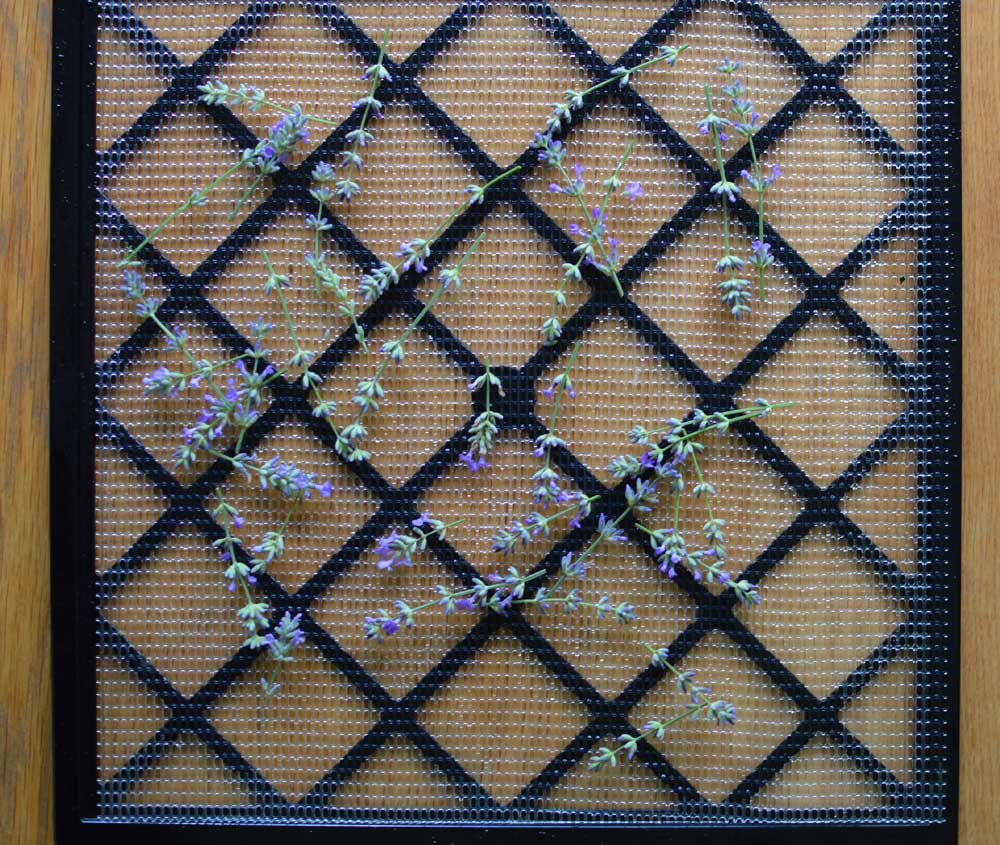
#11 Learn Herbal Remedy Basics
I debated back and forth on putting this one on the list because technically it’s not exactly food security but it’s so important for emergencies! Herbs are plants just being used for treatment instead of nourishment.
When hospitals are overrun and it’s riskier to enter a hospital than to stay home, you’ll want to know at least some basic herbal remedy skills.
Before you dismiss this idea as very backwards, remember that people were using herbal remedies for thousands of years and the primary method of medical treatment. Herbal remedies can be even more effective than some pharmaceuticals.













